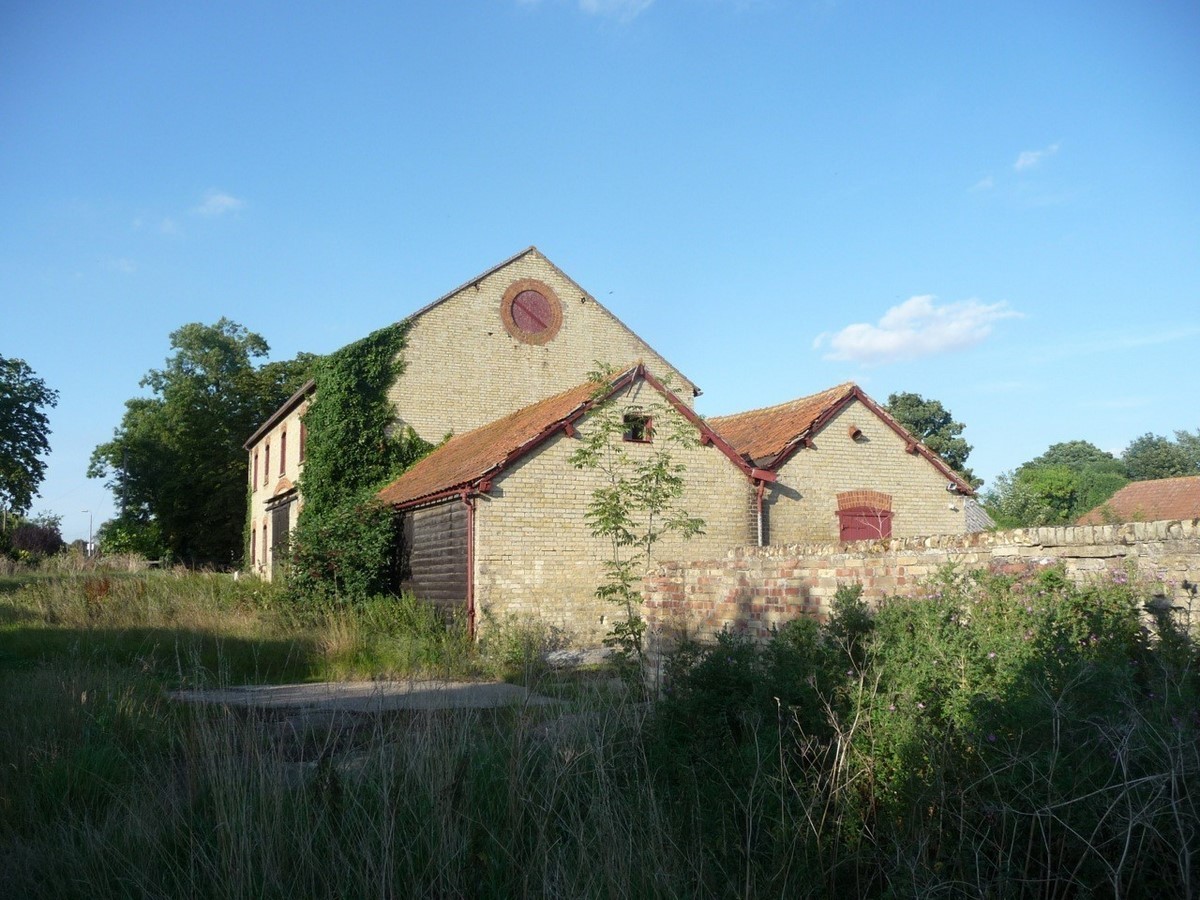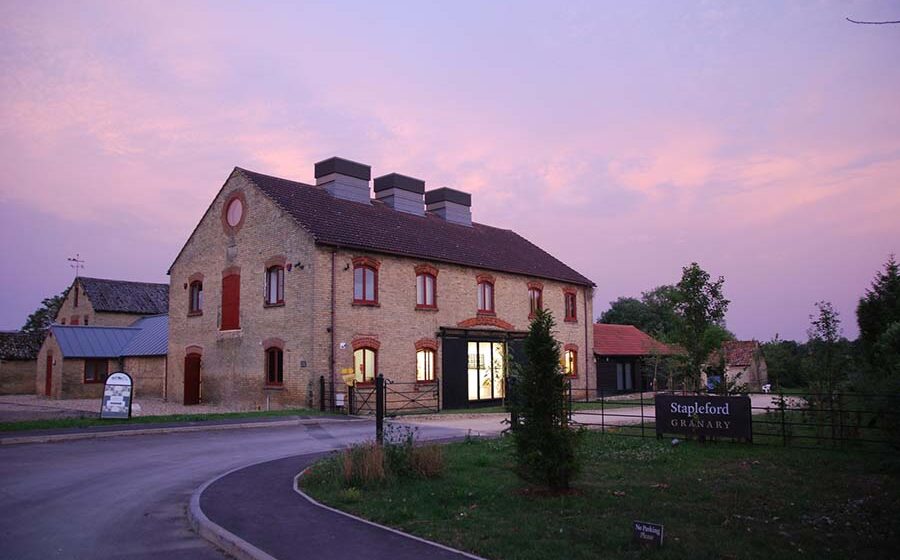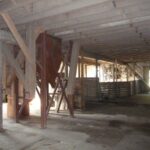Stapleford Granary, overseen by MCW Architects, stands as a testament to the vision of the ACE Foundation, a Cambridge-based charity dedicated to promoting cultural understanding and education. The Foundation’s acquisition of a Victorian farm on the outskirts of Cambridge in 2009 marked the beginning of a transformative journey to create an inspiring hub for education, culture, music, and the arts.

A Hub for Education and Culture
The ACE Foundation has long been committed to supporting educational projects, courses, and summer schools, both locally and globally. With the purchase of the Victorian farm, the Foundation envisioned a space where educational activities could flourish, encompassing everything from study tours to cultural events and exhibitions.
Phase One: Transformation of the Granary
The initial phase of development focused on repurposing the granary and surrounding outbuildings into a versatile performance space accommodating up to 60 people. This phase included the creation of a multi-use hall for chamber music, lectures, and exhibitions, along with recording facilities, seminar rooms, and office space.
Phase Two: Fulfilling the Vision
Building upon the success of the first phase, MCW Architects undertook the detail design and implementation of the £1.5 million second phase. This phase involved refurbishing existing structures and adding new elements to realize the Foundation’s original vision. A new glazed linking structure now connects the Granary to an existing barn, which serves as office space for the ACE Cultural Tours team. Additionally, creative spaces for fine and applied arts were established on the ground floor, along with studios for ceramics and jewelry.

Retaining Character, Embracing Sustainability
Throughout the redevelopment process, preserving the character of the site remained paramount. The use of black stained timber and locally sourced brick, along with the retention of pitched roof forms, ensured that the new additions seamlessly integrated with the existing fabric. Careful attention was also paid to environmental sustainability, with a focus on maximizing energy efficiency through natural ventilation and underfloor heating systems.
Conclusion
Stapleford Granary stands as a beacon of cultural enrichment and community engagement, reflecting the ACE Foundation’s commitment to education and cultural understanding. Through thoughtful design and meticulous attention to detail, MCW Architects have transformed a historic farm into a vibrant center for learning, creativity, and collaboration, ensuring its legacy for generations to come.

















